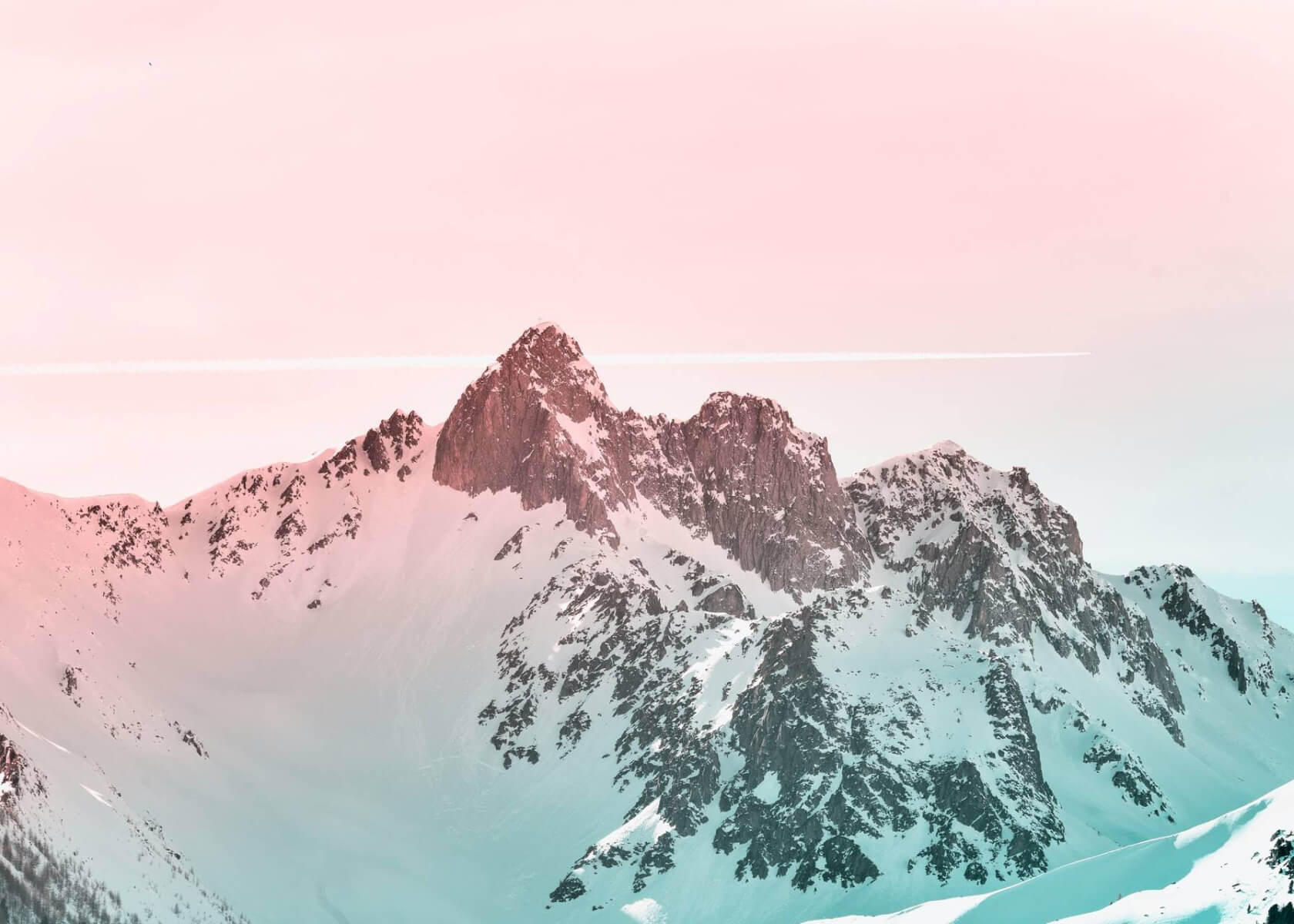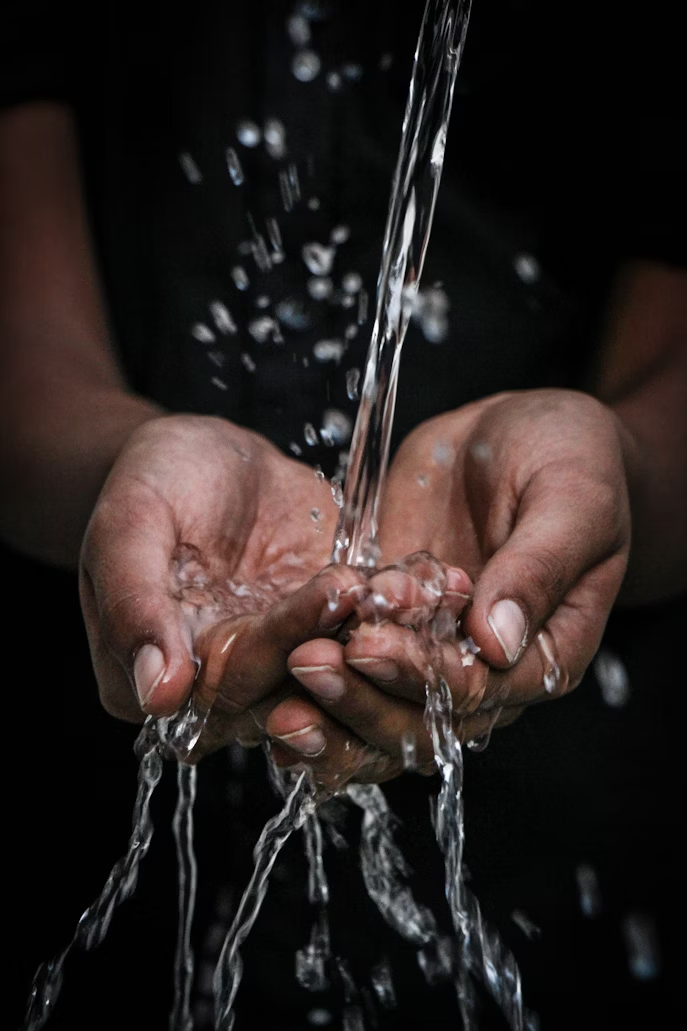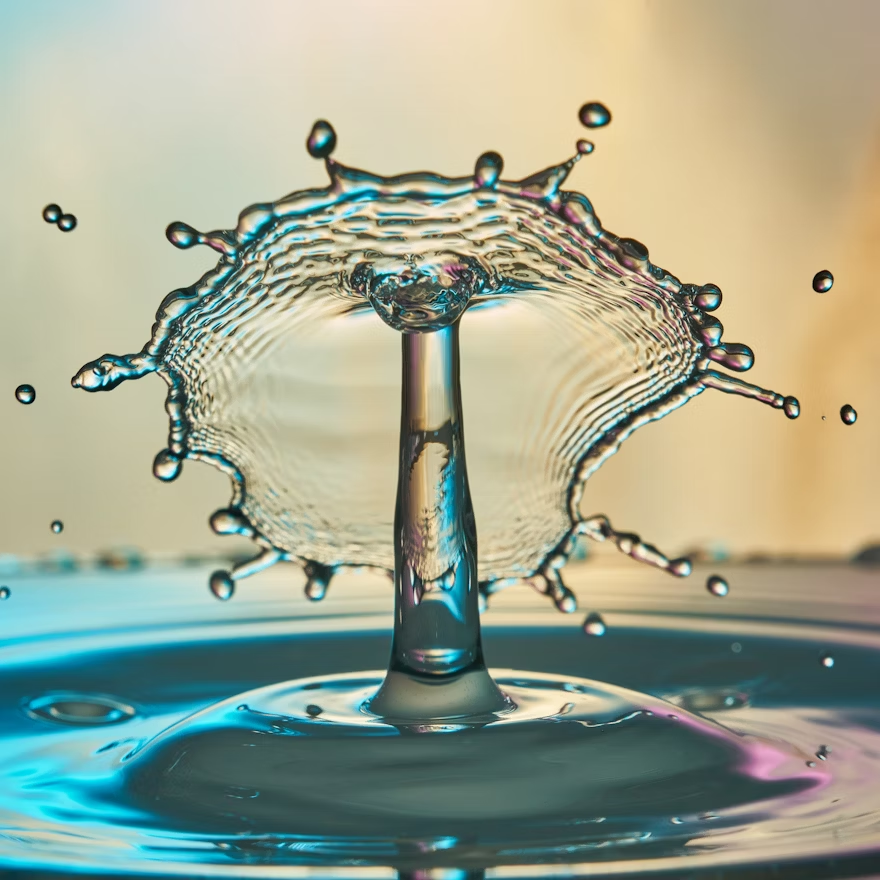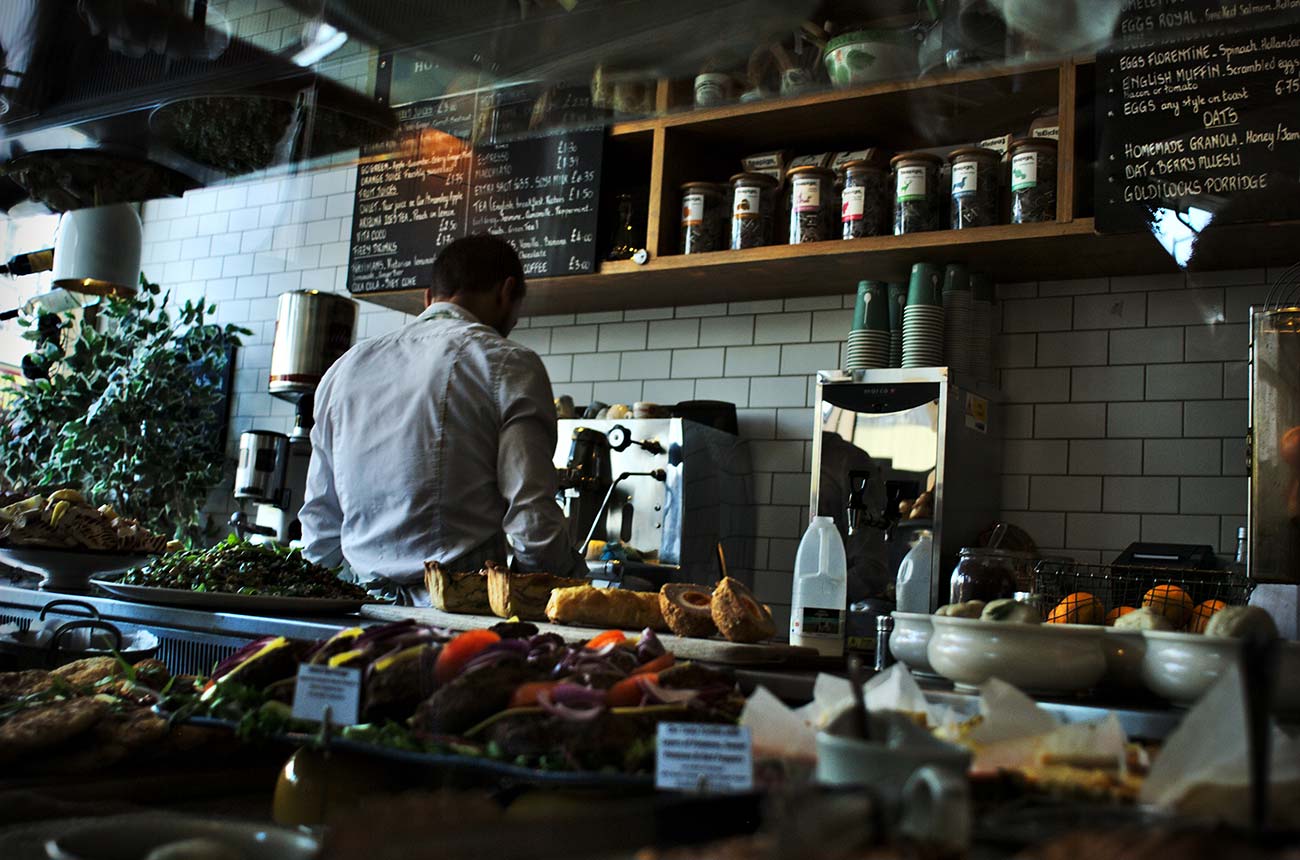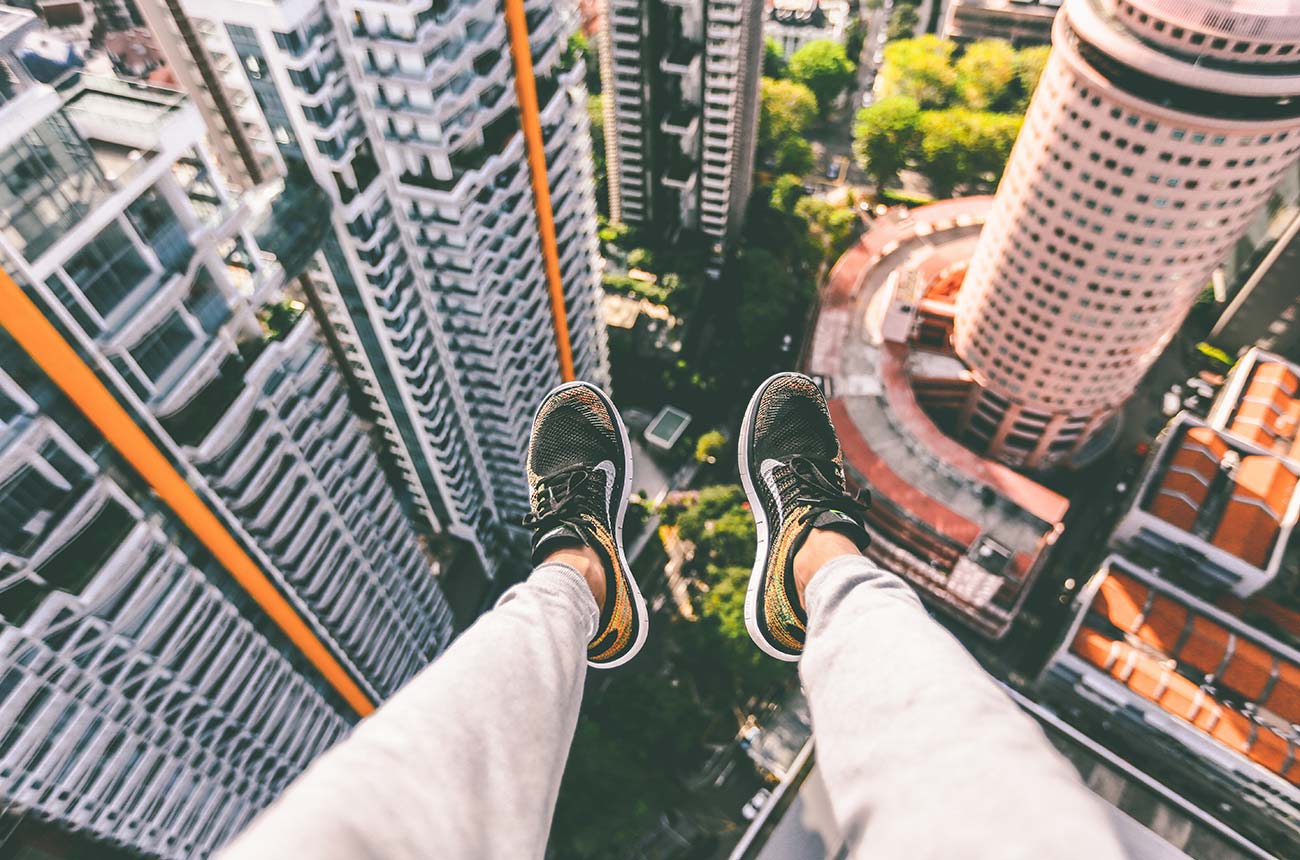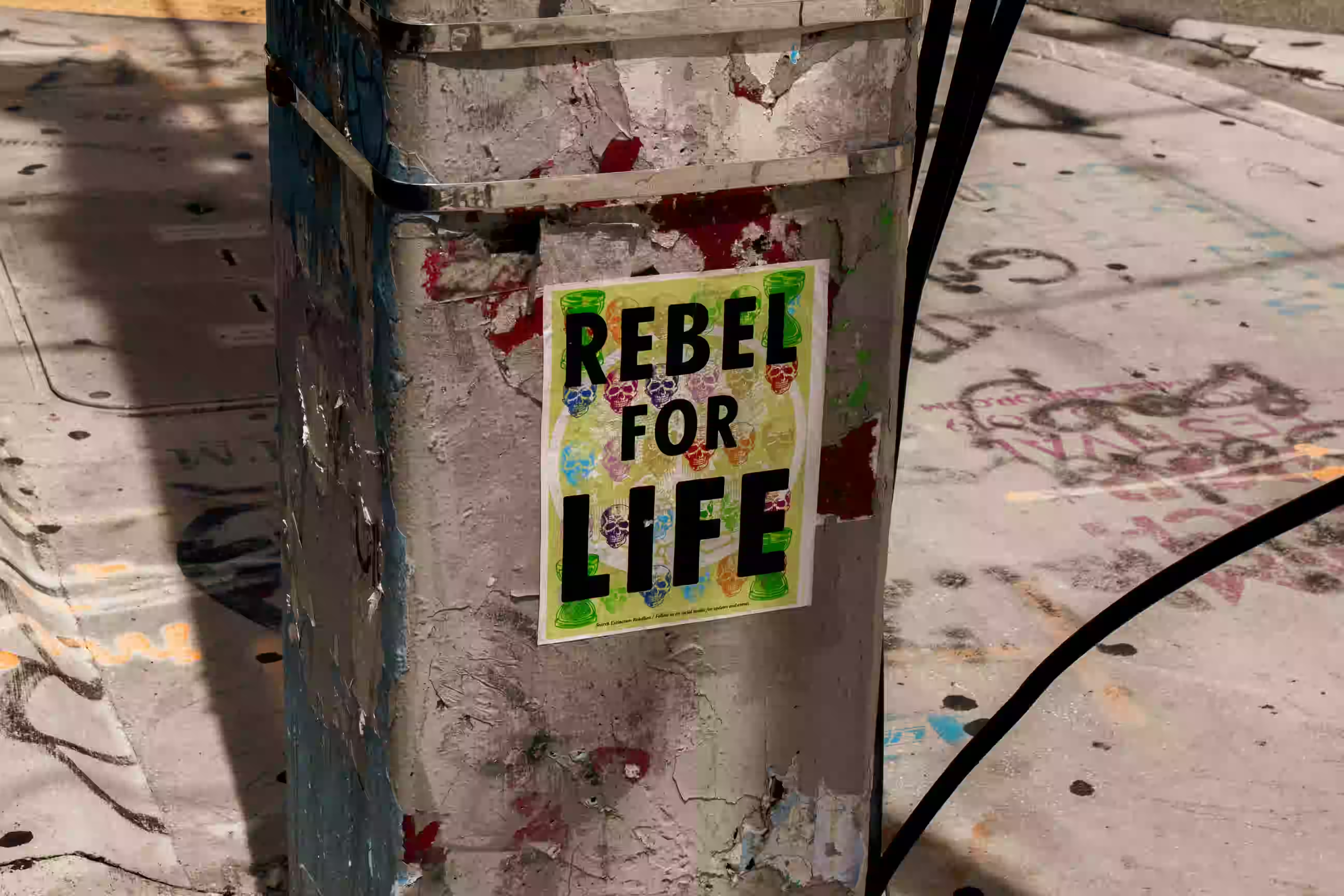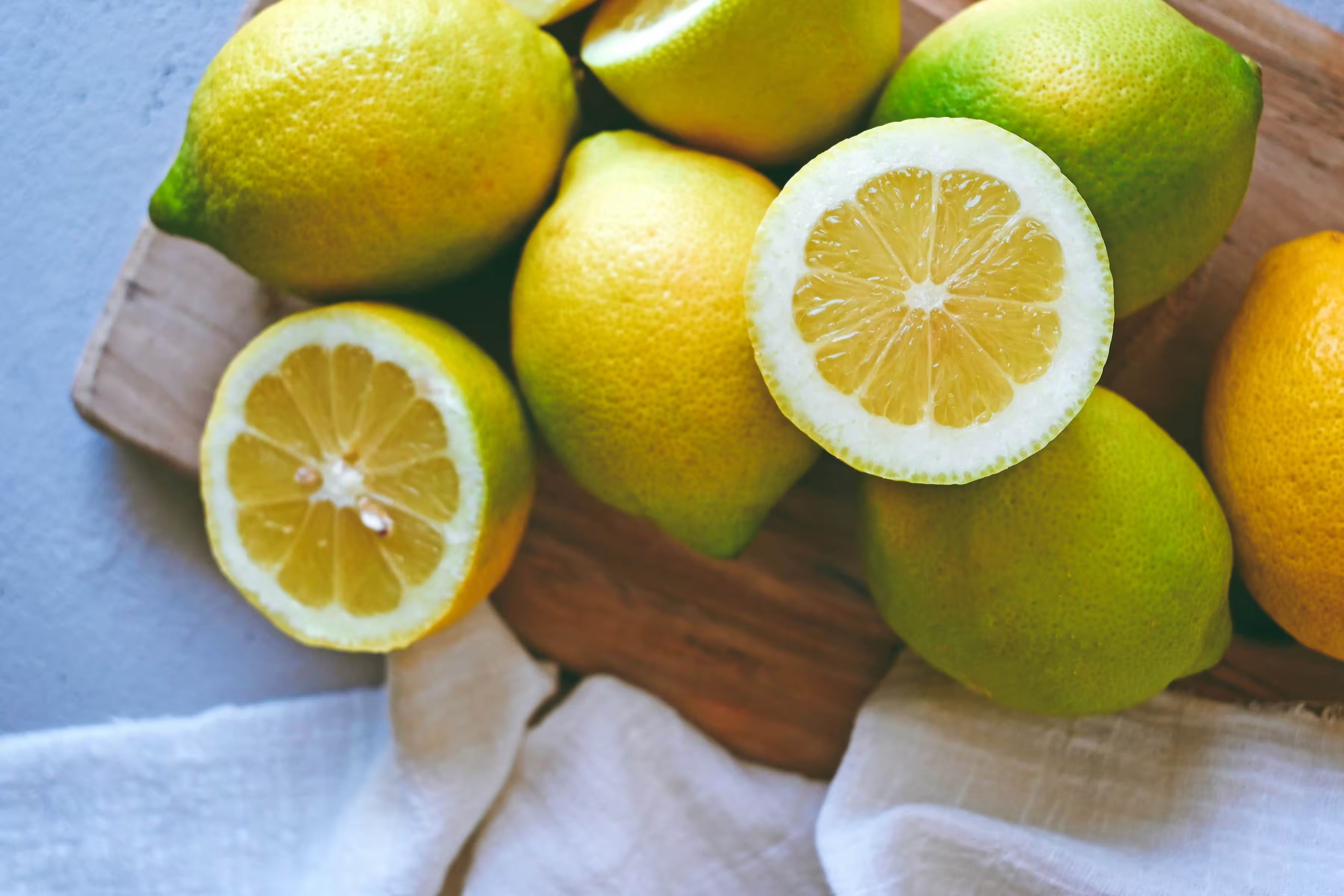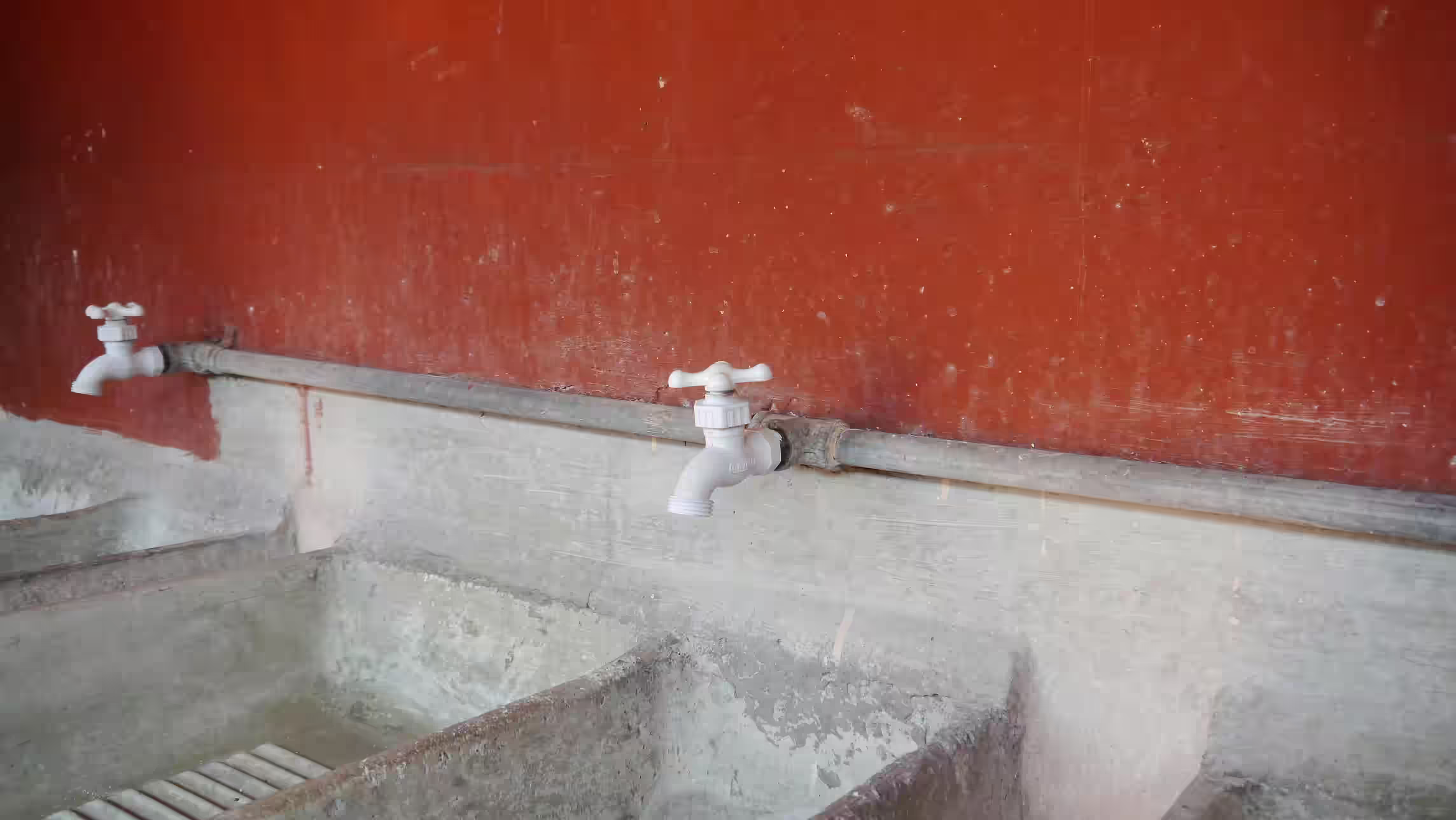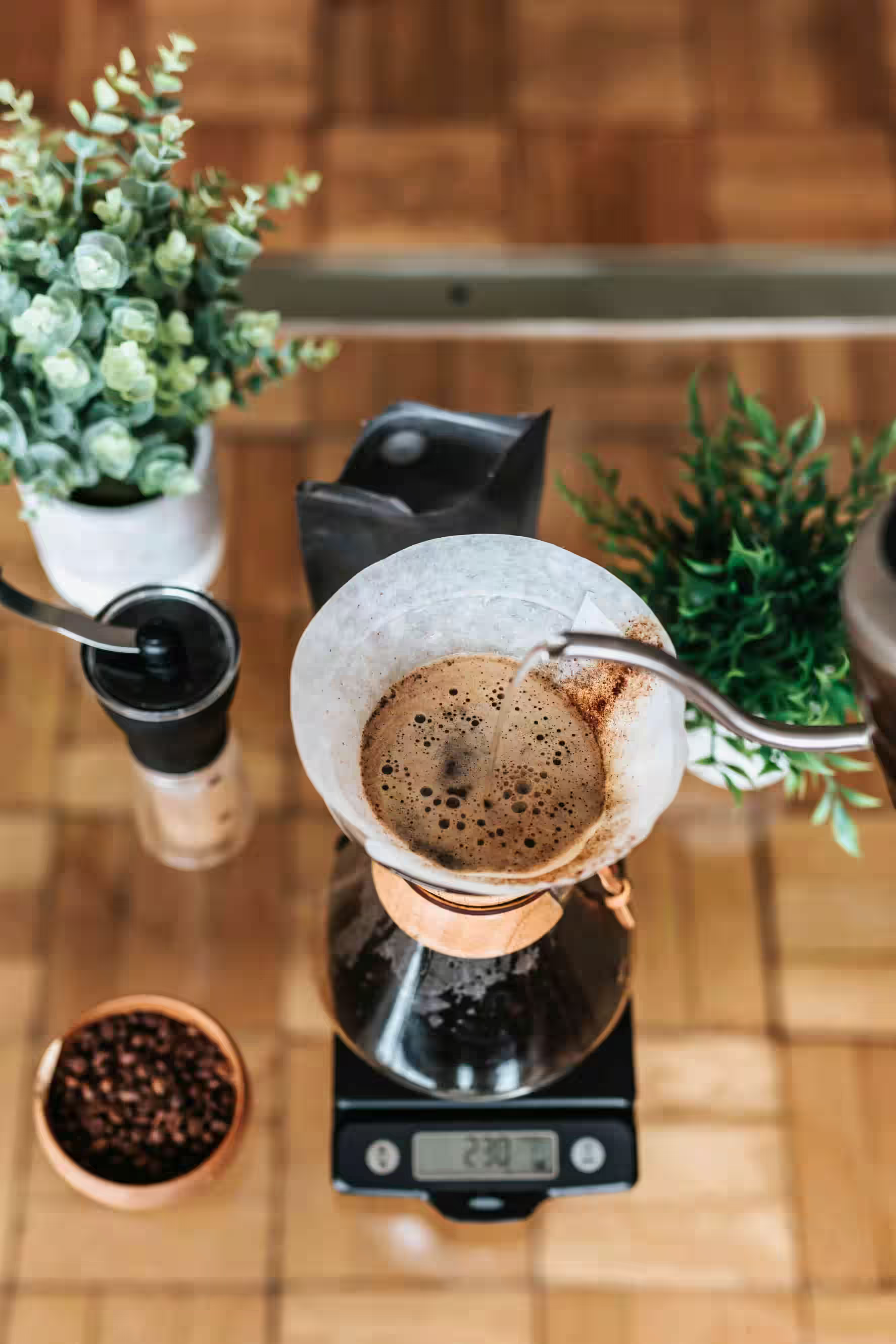

Your coffee tastes bad and it's not the beans
How the most overlooked ingredient in your morning ritual is about to change everything you think you know about coffee.
You've perfected everything except the thing that matters most.
The 98% you've been ignoring
You've spent hours researching single-origin beans, invested in a precision grinder, perfected your brewing technique, and downloaded three different timer apps. But your coffee still tastes... meh. Plot twist: the problem isn't what you're adding—it's what's already there. That silent, powerful 98% of your cup? Water. And it's been the secret architect of your coffee experience this entire time.
The mineral matrix that's wild
Here's something that'll make you question every cup you've ever made: coffee requires minerals in the water you brew with so you can pull the desired flavor out of the grounds. But here's where it gets wild—empty water (water with a Total Dissolved Solids of 0) will leave your coffee tasting dull and flat because it doesn't have any of the required solids to extract the flavor from your coffee.

Pause & Reflect
Think about every flat-tasting cup you've ever had. Was it really the beans?
The chemistry nobody talks about
The science is mind-bending. Water with very low mineral content tends to overextract coffee, while water with high mineral content tends to underextract. It's like your water is either too hungry (stripping everything from the beans) or too full (refusing to pick up the good stuff). The sweet spot? The Specialty Coffee Association recommends a TDS target of 150 with an acceptable range of 75-250 TDS.
When water throws a tantrum
Remember that viral coffee shop that claimed their water was "special"? They weren't lying. Calcium helps dissolve acidic compounds, enhancing tangy or fruity notes, while magnesium enhances sweetness and aroma. Your water isn't just a carrier—it's an active participant in creating flavor. But when there's too much hydrogen carbonate, it reacts with caffeic acids and your coffee tastes bitter and flat.
Did you know?
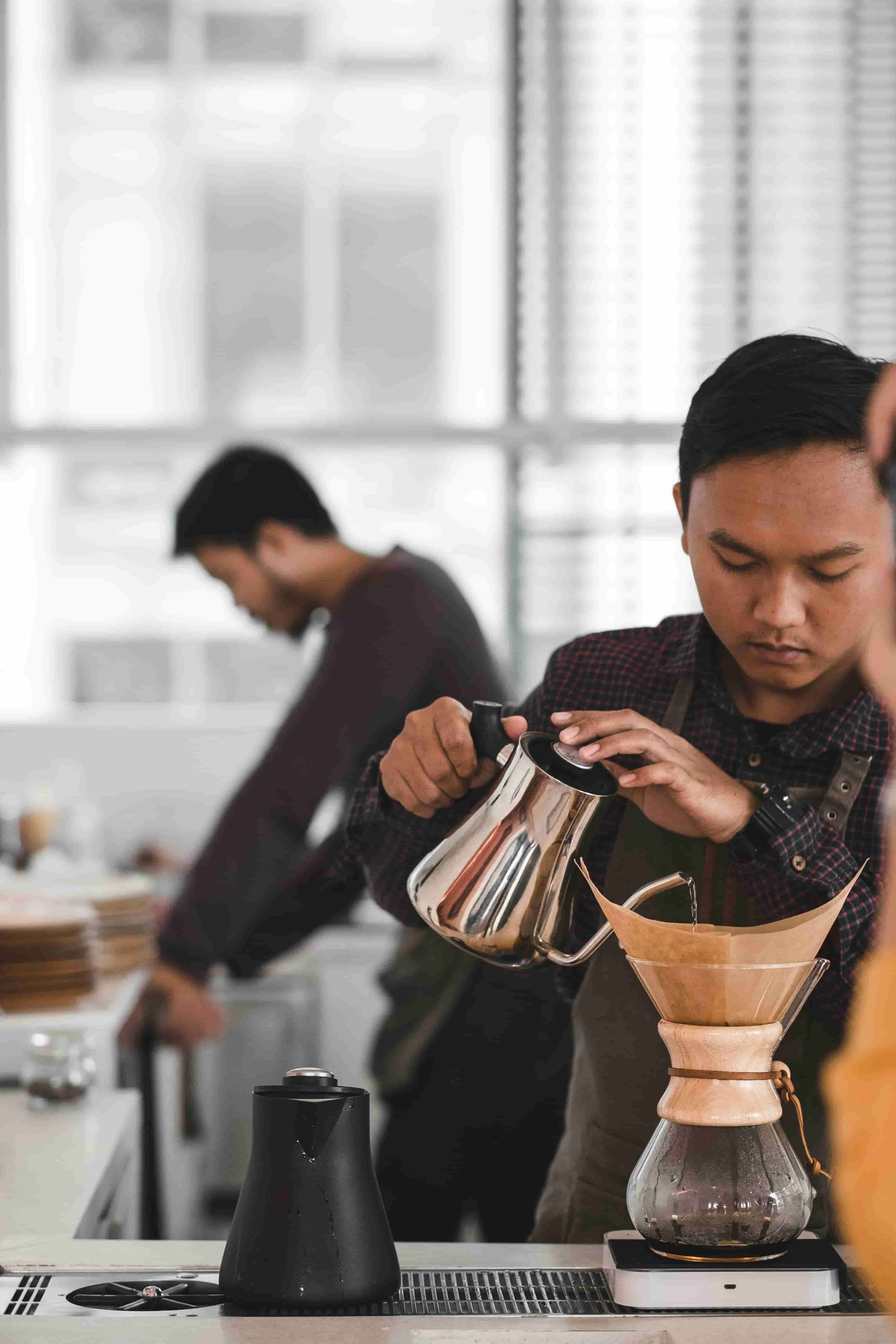
The distilled water plot twist
Coffee made with distilled water can taste better—but only if you know how to work with it properly.
Why coffee hits different everywhere
Ever wonder why that coffee shop in Portland hits different than identical beans brewed in London? You're literally tasting geography in your cup. European hard water creates completely different extraction patterns than North American soft water. The mineral content, purity and chemical properties affect what flavors the water can extract.
The coffee hack nobody talks about
Test your baseline with a TDS meter (grab one from online retailers or your local hardware store). Your tap water probably isn't in the 75-250 TDS range that actually works. Go modular—add minerals back to zero TDS water to get your desired hardness. Think seasonally and match your water to your beans. Low-mineral European bottled waters are basically cheat codes for better extraction.

Pause & Reflect
What if the answer to better coffee was sitting in your tap this whole time?
The future is water-conscious
There's no such thing as perfect water for coffee. Instead, water is one component in a complex interplay between roast style, brewing method, and personal preference. This isn't about obsessing over numbers—it's about understanding that water isn't neutral. It's an active ingredient that's been flying under the radar.
Water quality has a decisive impact on the taste of your coffee, whether it's espresso, filter coffee or cold brew
Specialty Coffee Association
Why your morning timing matters
Scientists discovered that water behaves differently based on how long it's been sitting in your pipes overnight. Morning water has different mineral concentrations than evening water from the same tap. That first cup that never tastes quite right? It might not be your sleepy brain—it could be water that's been hanging out in copper pipes for eight hours, picking up trace metals that alter extraction.
The temperature timing revelation
Recent research revealed something shocking: the temperature of your water when it hits the coffee also plays a massive role, but not how you think. It's not just about hitting 93°C—it's about how fast your water cools down during extraction. Slower cooling creates different flavor compounds than rapid cooling. The material of your brewing device isn't just aesthetic—it's literally changing your coffee's molecular structure.
The upgrade you didn't see coming
The coffee industry caught onto this. Now it's your turn. That next-level cup you've been chasing? It might not require better beans or a more expensive grinder. Sometimes the answer is as simple as changing what's already in your kettle. Your coffee ritual just got a major upgrade—and you don't even need to change your technique.
Closing thoughts



